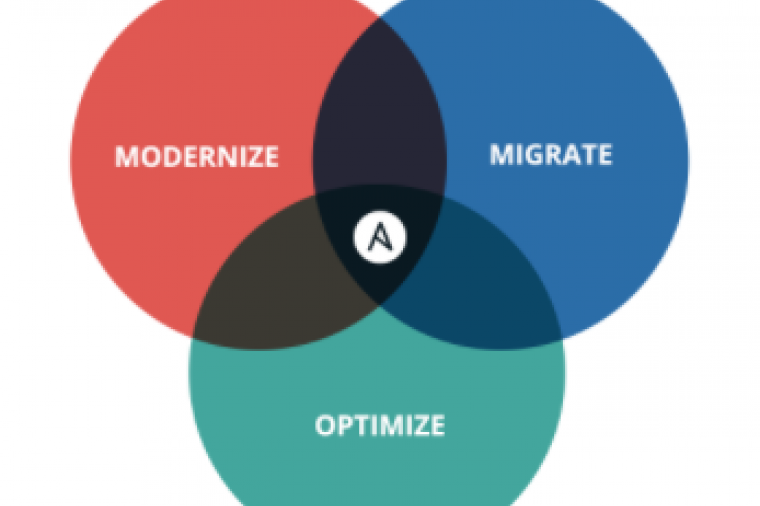Opening New Possibilities for Government IT in 2017

For the past few years, the word “open” has been a cornerstone of government IT. Not open in terms of security, of course—that would never do—but open in relation to technology that allows for greater agility and flexibility, as outlined in the Federal Source Code Policy.
In 2017, the conversation around openness has expanded to encompass both technological and cultural frameworks. Strategic initiatives gaining ground in the government sphere, such as DevOps and agile development, along with increased use of solutions such as Linux® containers, are indicative of this approach.
Some people have called this commitment to openness “next-generation IT,” but it’s actually no longer accurate to call this a futuristic movement. The openness is here right now and will manifest itself in a number of different ways as 2017 progresses.
Siloes will break down and roles will continue to expand
The walls that once existed between individuals and their responsibilities will continue to crumble as the roles of federal IT administrators become more blended. Everyone will have to take on new responsibilities, including management duties that will require them to work more closely with cloud vendors and agency leadership.
Education and certification will become even more important. IT administrators will need to be able to quickly learn a wealth of new IT concepts and skills, rather than focusing on a single discipline. There’ll still be experts in certain areas, but the interconnected nature of today’s agency IT departments will require more cross-pollination of skills so the entire team can be successful.
The Internet of Things will continue to grow, as will security concerns
Interconnectivity will also extend to warfighters in the field through connected devices that comprise the Internet of Things (IoT). Government IoT spending has increased over the past couple of years, and it’s likely that this trend will continue as the Department of Defense seeks to maximize the benefits of connected sensors to enhance military capabilities.
Security concerns will also increase. Government IT administrators, still wrestling with the challenge of the bring-your-own-device movement, will need to implement protocols that take into account thousands of devices using different operating systems. Security postures that include user device tracking and network monitoring will become critically important.
Agency IT administrators will need to start thinking in a hybrid context
Security will also continue to drive hybrid IT, where some applications are hosted in-house, while others are managed in the cloud. Indeed, as organizations strive to maintain control of their most sensitive applications, they’ll maintain their hybrid IT approaches.
This will require administrators to carefully consider the types of solutions and practices they must use for hybrid IT. For example, an agency may choose to implement Office 365® in conjunction with a hosted identity management solution that exists on-premises. By moving part of its workload to the cloud, the agency may alleviate its IT administrators of the need to directly manage a portion of the agency’s infrastructure, allowing them to focus on more mission-critical needs.
The growth of virtualization will open up the need for predictive analysis
Virtualization, the underlying technology that powers the cloud, will continue to play an important role in the modernization of government IT. As IT becomes more virtualized, administrators will need to explore ways to keep their systems performing at an optimal level to minimize system downtime.
Predictive analysis will gain traction as an effective way to prevent potential virtualization issues. Predictive analysis allows administrators to automatically analyze and act on historical trends within their virtualized networks to prevent future problems. In effect, past performance issues can be evaluated in conjunction with current environments, so that networks can “learn” from previous incidents. Administrators can then receive instructions on how to fix present problems, or even address problems before they may occur, effectively “opening” a window to the future.
As we enter 2017, there’s never been a more exciting time to be in IT, which is quickly becoming the driving force behind an organization’s success. This year, federal teams will continue to build upon the groundwork they began to lay when taking an “open first” approach to technology and network modernization. They’ll break down even more barriers, take on more responsibilities, and use more innovative solutions to move their agencies forward into 2017 and beyond.
By Joe Kim, Senior Vice President and Global Chief Technology Officer, SolarWinds

















































